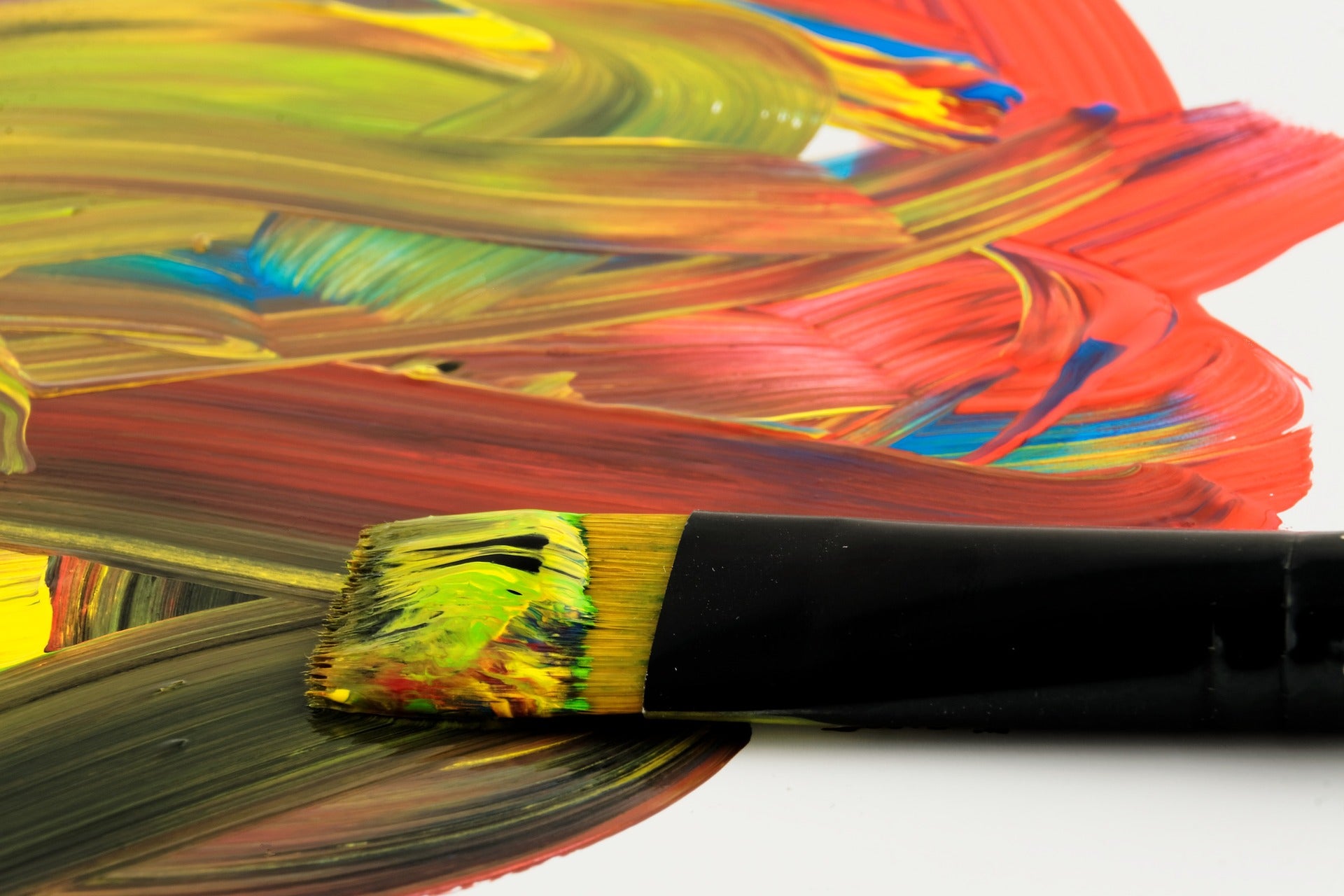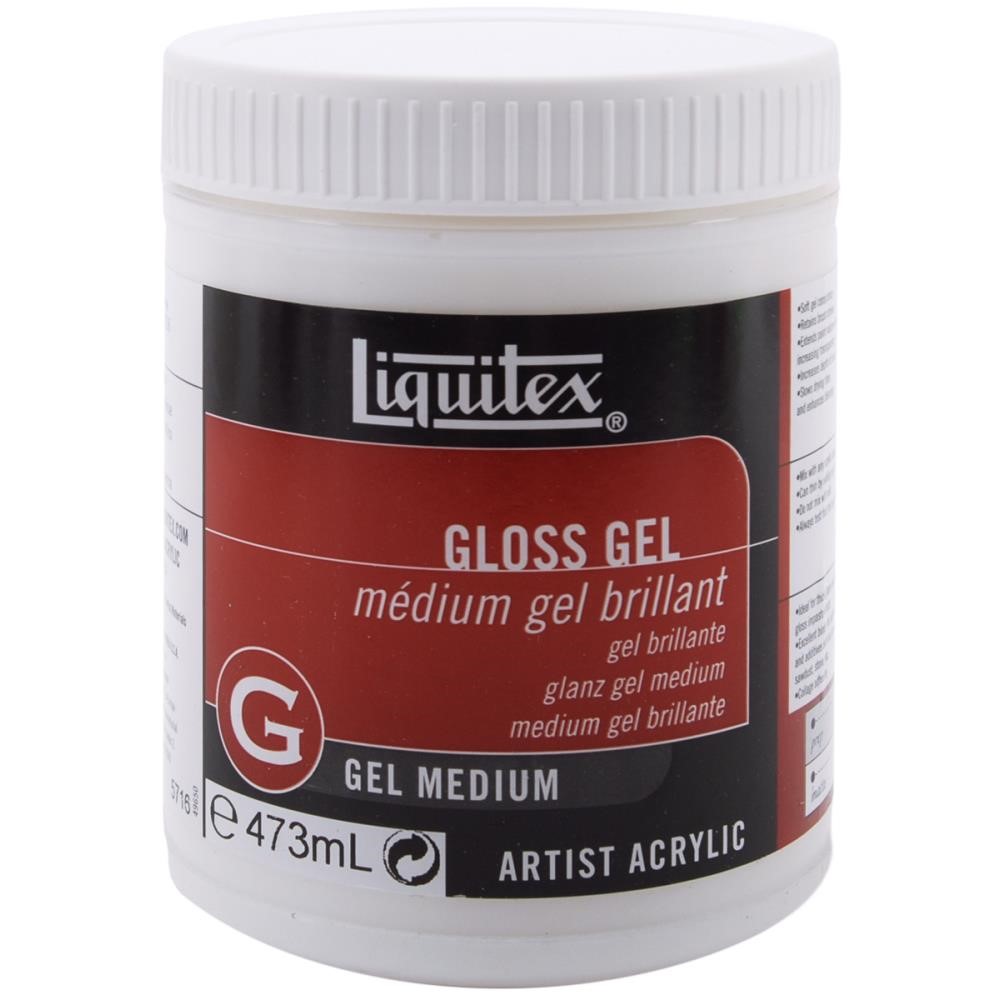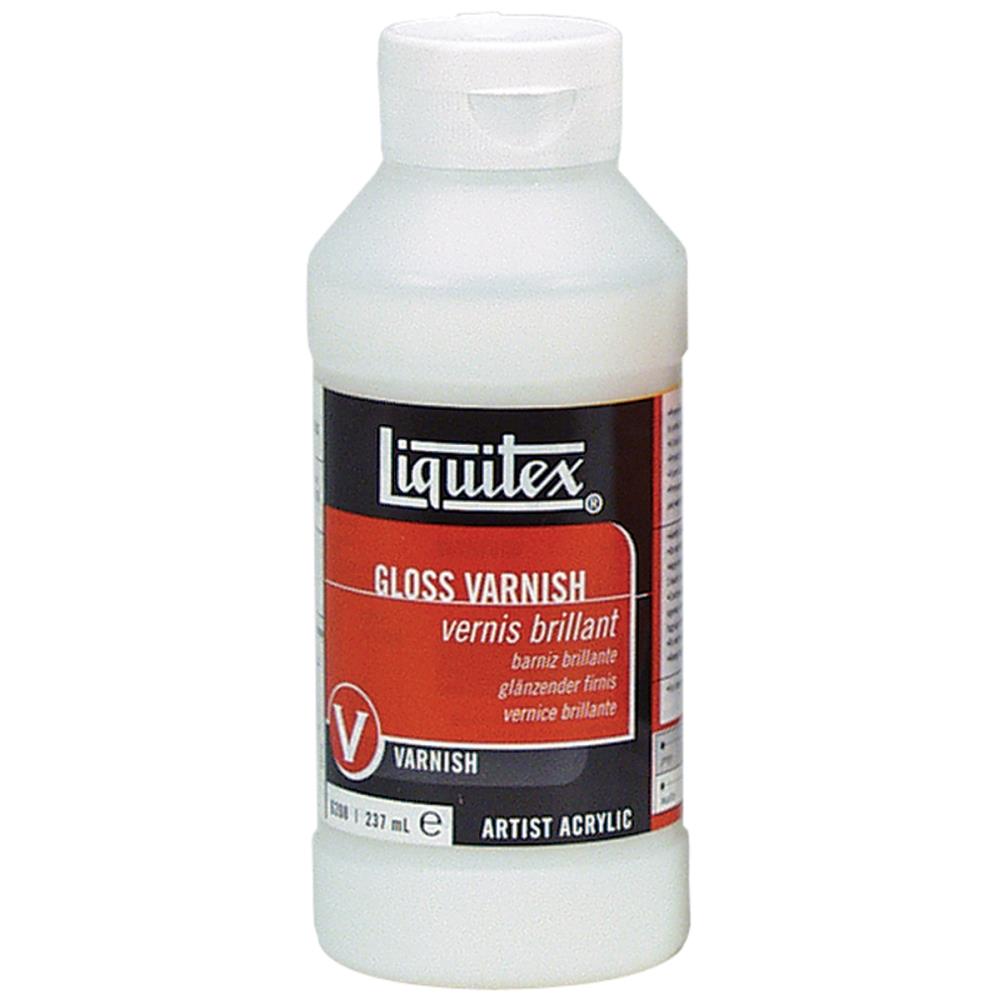On Orders $49+
On Orders $49+

You’ve painted your masterpiece. So now what? Explore how to preserve and enhance your artwork using some traditional and not-so traditional materials.

Oil and Acrylic
Varnish
Varnish is a popular finish for oil and acrylic paintings for many reasons. Varnish is harder than paint and can help to protect a painting from dust and UV light. Second, different paint colors and products have differing amounts of shine when dry. Varnish can eliminate this effect by providing a uniform low or high luster finish to a painting. Or varnish can be used to alter the natural finish of the paint dramatically, as when creating a flat finish. Finally, varnish can enhance the colors in a painting. High luster finishes, specifically, act to brighten the colors in a painting and can really make an artwork pop.
Types
An assortment of varnish types is available. Varnish typically comes in matte, satin, or gloss finishes. On one end of the spectrum, matte varnish has a flat, non-shiny appearance. On the other end, gloss varnish is quite shiny and creates a highly reflective surface. Satin varnish falls somewhere in between, and varies from one manufacturer to the next.
Though largely a matter of personal preference, there are some guidelines to consider when selecting a finish for a specific piece of art. Matte finishes are typically favored for paintings that incorporate paper collage, when the intent is to seamlessly blend the collage and painted elements. That is, if you want to disguise where paper ends and paint begins in an artwork, choose a matte finish. In this situation, a gloss varnish would create reflections, highlighting the ends of collage materials and acting to draw unwanted attention to these borders.
This is true for any highly textured painted surface. A gloss finish will emphasize irregularities in the artwork by reflecting light in a myriad of directions from the textured surface. This may work into the type effect being sought. But if not, select a matte or satin finish for such artwork. Or, apply a thick gloss finish that evens out the textured surface and provides a smooth glass-like finish to the painting.
Gloss finishes are highly transparent and remain so even if applied in multiple or thick layers. Colors under a gloss finish appear rich and highly saturated. Gloss varnish should be used over metallic paint to avoid dulling the metallic gleam.

Matte finishes are softer in appearance and colors under matte finishes are less intense. Thus, matte finishes are well-suited to painted subjects intended to evoke soft or nostalgic emotions. Gloss varnishes are usually perceived as more modern and may not be well-suited to vintage subject matter.
Matte finishes also are useful for mimicking the slightly cloudy effects of encaustic painting. Because matte varnish contains a white matting agent, it dries clear but not as fully transparent as gloss varnish. This effect is particularly evident with the application of multiple layers of matte products and with matte varnish applied to very dark or black colors.

In addition to type of finish, varnish can also be divided into water-based and solvent-based types. Water-based varnish has the obvious advantage of being able to be cleaned up with soap and water. It doesn’t smell, which makes it a friendly choice for a home art studio. Because it can dry quickly, water-based varnish may better for small or medium artworks. With large paintings, it can be tricky to apply the varnish evenly across the entire painting before some of the varnish starts to dry. Water-based polymer varnish is milky white when applied. Water-based polyurethane varnish is clear when applied and tends to be more self-leveling.
In contrast, solvent-based or MSA (Mineral Spirit Acrylic) varnish goes on clear, is perfectly self-leveling, and dries to a very hard finish. Unfortunately, it requires the use of mineral spirits for thinning and clean up. This can make it a much less attractive option for use in a home studio.
Application
Varnish can be applied using a brush to a fully dry painting. Many artists recommend waiting more than 30 days for acrylic paint to dry and cure and up to 6 months for oil paintings. Mix the varnish as needed according to the manufacturer’s instructions. (As noted, some varnishes require thinning with water or mineral spirits.) Wipe the painting using a lint-free cloth and work in a dust-free area. Apply the varnish using a clean, wide brush using smooth even strokes. Overlap strokes slightly. Aim to minimize brush strokes and resist the temptation to brush over the same area repeatedly, especially as the varnish starts to dry. Allow the painting to dry flat. Apply multiple thin coats as needed.
Prepare a painting for the application of spray finishes in a similar fashion. Because of the odor, spraying outside is the more practical option for most people. I like to set up in the garage which helps to keep the painting away from windblown particles during spraying and while the painting dries. (Professional artists may have dedicated spray room indoors for a truly dust-free application). Shake the spray varnish well according to the directions on the can. Prop the painting in a vertical position and spray using a wide sweeping motion. Begin spraying off the edge of the painting and end spraying there as well. Apply thin multiple coats as needed.
Isolation Coat
Before varnishing an acrylic painting, professional artists apply something called an “isolation coat.” The purpose of an isolation coat is to provide a protective barrier between the paint and a removeable varnish. (Finishes like non-yellowing polyurethane varnishes are usually not considered removeable.) The isolation coat allows the varnish to be removed at some future date for restoration. That is, the varnish can be removed from the painting without damaging it and a new coat of varnish can be applied. Professional-grade soft gloss acrylic gel can be used to create an isolation coat for acrylic works.
Hobby artists may opt to skip the isolation coat. A hobby-grade varnish is likely to look good for many years and a professional varnish for an artist’s lifetime.

Watercolor
Traditionally, watercolor paintings are not varnished. Instead, these paintings are protected by framing behind glass. Experts caution that the glass should not touch the painting, a feat usually accomplished by using a mat in the framing process. Some types of framing glass offer some protection from UV light, but generally it is recommended to avoid hanging these (and really any) kinds of artwork in direct sunlight.

However, some watercolor artists have moved away from displaying their paintings behind glass. Instead, these artists mount their paintings to a wood or wood-like panel and seal the artwork with 3-4 light applications of clear coat spray.
Resin
Artist-grade epoxy resin is another alternative to varnish for some paintings. Resin can be used to create a thick high gloss finish on acrylic and sealed watercolor works. Resin comes in 2 parts that must be thoroughly mixed in the proper proportions. Application requires special techniques and benefits from the use of a small, hand-held, propane artist torch to achieve a truly bubble-free finish. Resin is heavy and should only be applied to a strong and rigid support. Therefore, it is not suited to finishing paintings created on stretched canvas.

Dammar Varnish
Winsor & Newton-Dammar Varnish. A pale-yellow varnish which dries to a high gloss for use on oil paintings. It tends to darken with age and is removable with Distilled Turpentine. Quick drying. Do not use until painting is completely dry (6-12 months). Apply in warm, dry conditions.

Water-Based Acrylic Polymer Varnish
Liquitex Acrylic Varnish. 100% acrylic polymer varnish that is water-soluble when wet and has good chemical and water-resistance when dry. It dries to a non-tacky, hard, flexible surface that is resistant to retention of dirt. It is not for use over oil paint. Varnish is flexible, archival, non-yellowing and good for interior and exterior use.


Spray Varnish
KRYLON-Kamar Varnish gives non-yellowing protection to any oil, acrylic, or watercolor painting. It may also be used as a retouch varnish. This museum-quality varnish is highly resistant to discoloration and offers superior clarity and durability. For use on paint that is thoroughly dried and cured. Dries in fifteen minutes and safe to handle after two hours.

Water-based Polyurethane Varnish
Deco Art-DuraClear Varnish is a brush-on, non-yellowing varnish that forms a tough, flexible, quick-drying, clear finish.

All About Brushes, Knives and Other Paint Tools
Comments
Leave a comment